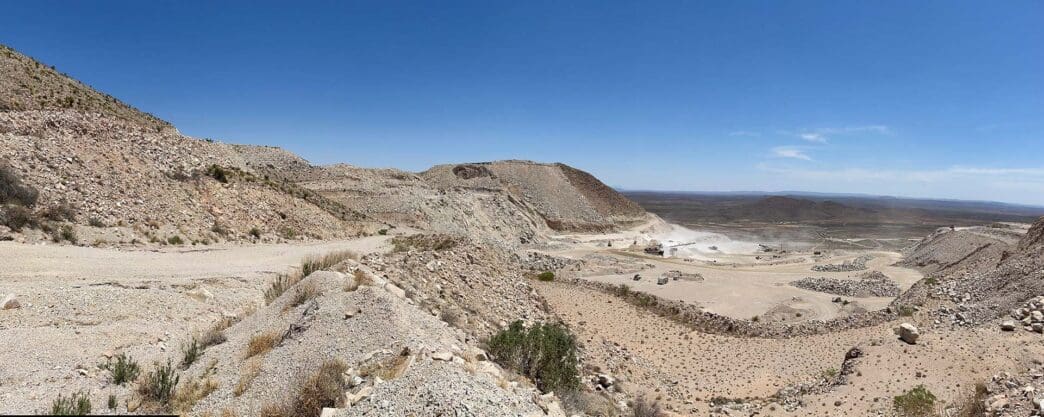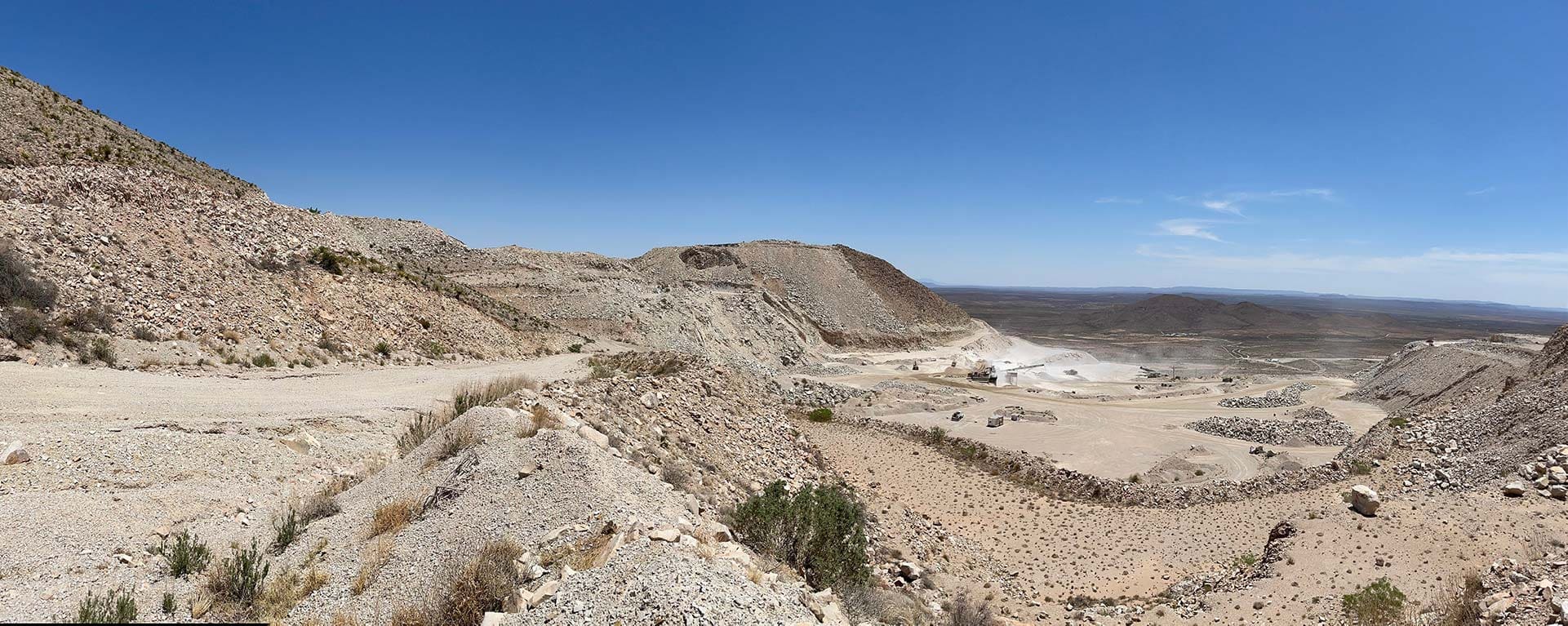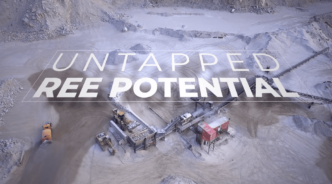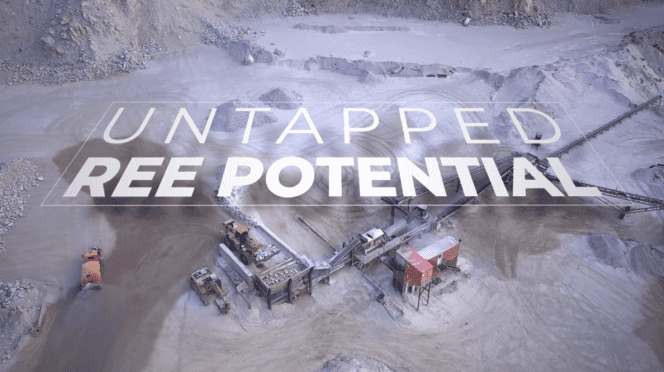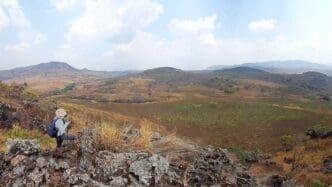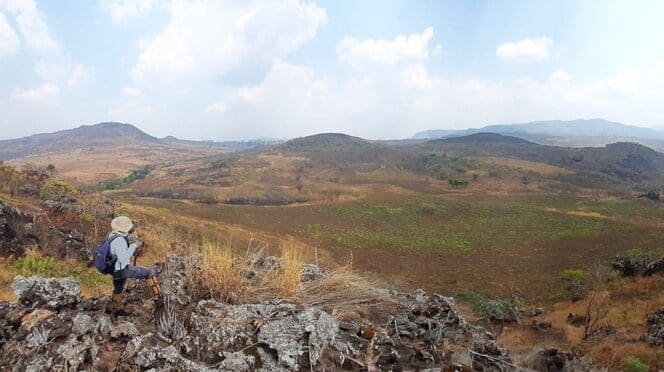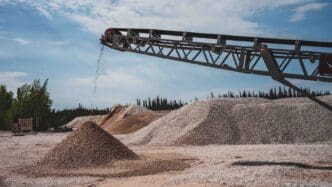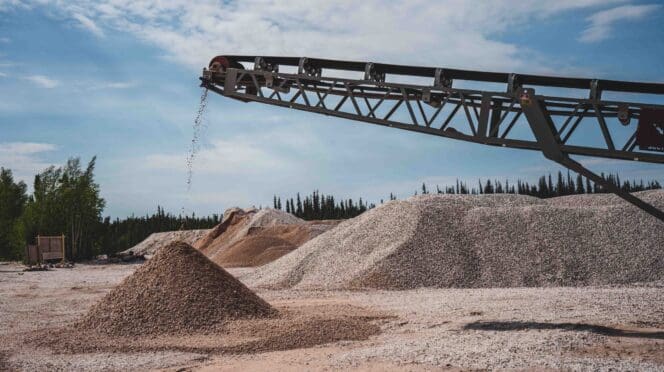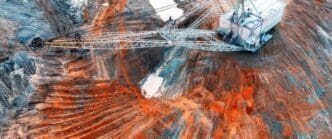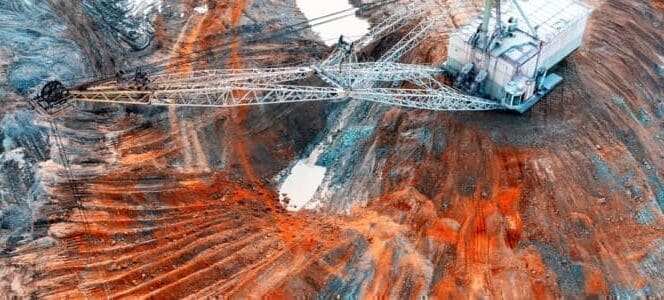Table of Contents Show
As the demand for Rare Earth Elements (REEs) soars, the need for environmentally responsible extraction methods has never been more pressing. Enter Tactical Resources, a company at the forefront of sustainable REE processing. This in-depth exploration of cutting-edge REE extraction techniques covers the challenges of traditional methods and the innovative solutions being developed to address them.
The Environmental Challenge of Traditional REE Processing
Conventional REE extraction and processing methods have long been associated with significant environmental concerns:
- Intensive water usage: Traditional methods can require up to 200 cubic meters of water per ton of REEs produced.
- Chemical pollution: The use of strong acids and bases in extraction can lead to harmful runoff.
- Radioactive waste: Many REE deposits contain radioactive elements like thorium and uranium.
- High energy consumption: The separation of individual REEs is extremely energy-intensive.
- Landscape disruption: Open-pit mining can have severe impacts on local ecosystems.
These issues have led to increased scrutiny of the REE industry and a push for more sustainable practices.

Tactical Resources’ “Tactical Metallurgy” Approach
Tactical Resources is pioneering a new paradigm in REE processing, focusing on four key areas:
- Energy Intensity: Developing processes that minimize energy consumption
- Water Conservation: Implementing closed-loop systems to reduce water usage
- Carbon Footprint: Exploring renewable energy options to power operations
- Clean Solutions: Investing in research for environmentally friendly extraction methods
Let’s delve into each of these areas:
Energy Intensity Reduction
Tactical Resources is exploring several strategies to reduce energy consumption:
- Microwave-assisted leaching: Using microwave energy to heat ores more efficiently than conventional methods.
- Selective precipitation: Developing new reagents that allow for more energy-efficient separation of individual REEs.
- Advanced grinding techniques: Implementing high-pressure grinding rolls and stirred mills to reduce the energy needed for ore preparation.
Water Conservation Techniques
Water usage is a critical concern in REE processing. Tactical Resources is addressing this through:
- Dry processing methods: Developing techniques that reduce or eliminate the need for water in initial ore concentration.
- Water recycling systems: Implementing advanced filtration and purification systems to allow for extensive water reuse.
- Alternative leaching agents: Researching ionic liquids and other solvents that could reduce water requirements in the leaching process.
Reducing Carbon Footprint
Minimizing the carbon impact of REE production is a key goal for Tactical Resources:
- Renewable energy integration: Exploring the use of solar and wind power to run processing facilities.
- Process optimization: Using AI and machine learning to optimize operations and reduce overall energy consumption.
- Carbon capture: Investigating the potential for carbon capture and storage technologies at processing sites.
Clean Solutions in REE Extraction
Tactical Resources is at the forefront of developing environmentally friendly extraction methods:
- Bioleaching: Utilizing bacteria to extract REEs from ores, potentially reducing the need for harsh chemicals.
- Phytomining: Exploring the use of plants to accumulate REEs from soil, which could be particularly useful for rehabilitating former mining sites.
- Electrochemical separation: Developing new electrochemical techniques for REE separation that reduce chemical waste.
The Role of AI and Machine Learning
Artificial Intelligence and Machine Learning are playing an increasingly important role in optimizing REE extraction:
- Process optimization: AI algorithms can analyze vast amounts of data to identify the most efficient processing parameters.
- Predictive maintenance: Machine learning models can predict equipment failures, reducing downtime and improving overall efficiency.
- Resource estimation: Advanced AI can help in more accurate mapping of REE deposits, potentially reducing the need for extensive exploratory mining.
Closed-Loop Systems: The Future of REE Production
One of the most promising developments in sustainable REE processing is the concept of closed-loop systems. These systems aim to:
- Minimize waste: By recycling and reusing materials throughout the process.
- Reduce environmental impact: By containing and treating all waste products on-site.
- Improve efficiency: By integrating various stages of the REE production process.
Tactical Resources is exploring how to implement these systems at scale, potentially revolutionizing the REE industry.
Case Study: The Peak REE Project
Tactical Resources’ flagship Peak REE Project serves as a testing ground for many of these innovative techniques. By focusing on reprocessing existing tailings, the project aims to:
- Minimize new environmental disturbance
- Demonstrate the viability of sustainable REE processing at scale
- Provide a model for future projects in the industry
The project’s progress is being closely watched by industry observers as a potential blueprint for sustainable REE production.
The Broader Impact on the REE Industry
The innovations being developed by companies like Tactical Resources have the potential to reshape the entire REE industry:
- Improving public perception: Addressing environmental concerns could help gain social license for new REE projects.
- Unlocking new deposits: More efficient processing could make previously uneconomical deposits viable.
- Encouraging investment: A more sustainable industry could attract ESG-focused investors.
- Securing supply chains: Sustainable practices could help establish more REE production in regions with stricter environmental regulations.
Conclusion
The future of the REE industry depends on developing more sustainable, efficient, and environmentally friendly processing methods. Companies like Tactical Resources are leading the charge, pushing the boundaries of what’s possible in REE extraction and processing.
As these innovations move from the laboratory to full-scale implementation, they promise to not only reduce the environmental impact of REE production but also to make the industry more economically viable and resilient. For investors, policymakers, and technology companies alike, keeping abreast of these developments will be crucial in navigating the future of the critical minerals sector.
The race to develop sustainable REE processing is more than just an environmental imperative – it’s a key factor in securing the supply chains that will power the technologies of tomorrow. As Tactical Resources and others continue to innovate, they’re not just changing an industry – they’re helping to build a more sustainable technological future for us all.
